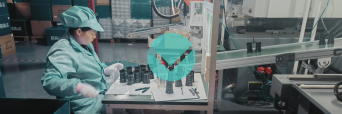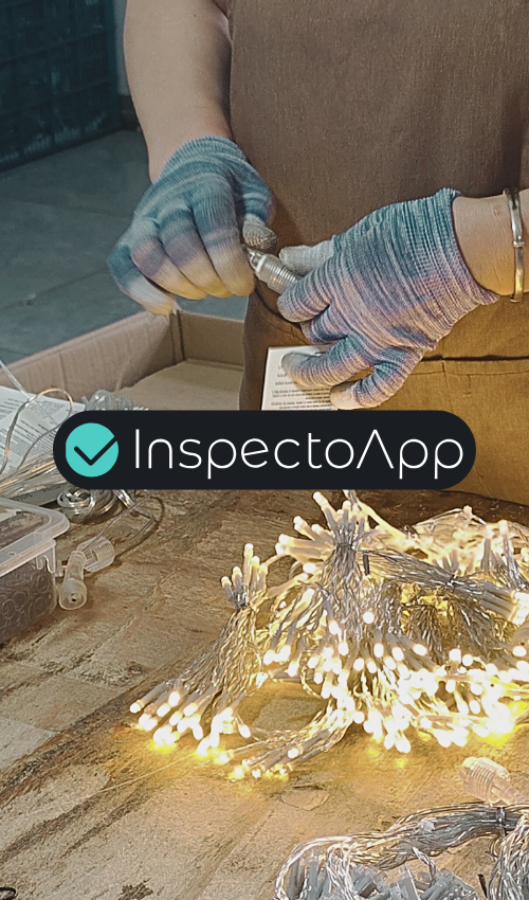How Does the Factory Audit Process in China Work?

A factory audit in China is a crucial element in ensuring supplier reliability and product quality for companies importing goods. This process allows for a thorough evaluation of manufacturing capabilities, quality standards, and compliance with international regulations. Below is an overview of a typical factory audit in China, based on practices used by professional quality control companies such as InspectoHub.
1. Audit Preparation
Before the audit begins, it’s essential to gather information about the supplier and define the audit’s scope and objectives. This includes:
-
Supplier documentation analysis: Reviewing certificates, licenses, and previous quality reports.
-
Setting evaluation criteria: Defining the standards, specifications, and norms that the factory is expected to meet.
2. Factory Visit
Auditors visit the production site to assess its infrastructure, processes, and working conditions. During the visit, they focus on:
-
Infrastructure: Condition of buildings, machinery, and equipment.
-
Production processes: Efficiency of the production lines, quality control procedures, and raw material management.
-
Working conditions: Occupational safety, hygiene, labor practices, and employment policies.
3. Quality Management System Evaluation
Auditors assess the quality assurance systems and procedures in place, including:
-
Quality control: Testing methods, frequency of inspections, and responses to identified non-conformities.
-
Employee training: Training programs, staff qualifications, and overall quality awareness.
4. Document Review
The auditors review production-related documents, such as:
-
Production records: Manufacturing logs, quality inspection reports, and technical documentation.
-
Certificates and licenses: Proof of compliance with international standards and industry requirements.
5. Audit Report
After the factory visit, auditors prepare a detailed report that includes:
-
Assessment results: A description of the factory’s strengths and weaknesses based on predefined criteria.
-
Recommendations: Suggestions for areas of improvement and proposed corrective actions.
-
Final conclusions: Overall evaluation of the factory’s ability to meet the client’s requirements.
6. Post-Audit Actions
Depending on the audit results, the following steps may be taken:
-
Corrective actions: The factory implements changes to address the identified issues.
-
Progress monitoring: Ongoing checks to ensure the recommended actions have been effectively implemented.
-
Cooperation decision: Based on the audit outcome, the importer decides whether to start or continue working with the supplier.
Conducting a factory audit in China is essential for companies that aim to ensure high product quality and minimize risks related to production non-compliance. By working with InspectoHub, Clients receive professional support throughout the supplier verification process.
If you're planning to import from China and would like to learn more about product quality control or supplier verification, feel free to contact us at [email protected].
This may interest you...

Product Quality Issues in China – and How to Avoid Them

Why InspectoHub?

Step-by-Step Quality Control Process: From Order to Shipment

